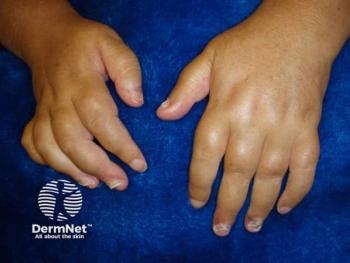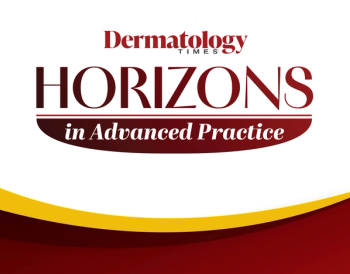
Optimal levels of ustekinumab
Researchers found a significant inverse correlation between ustekinumab levels and PASI scores at week 52, suggesting that drug levels are associated with the change in the treatment response. Measuring ustekinumab levels can have major clinical implications.
Ustekinumab levels may be associated with efficacy, according to a study conducted by researchers at the University of the Basque in Spain.
Ustekinumab is a human monoclonal antibody that binds with specificity to the p40 subunit on IL-12 and IL-23 cytokines. It has been shown to be as efficacious as TNF inhibitors in the treatment of plaque psoriasis and has a more benign safety profile.
The question of whether there is a relationship between ustekinumab (UTK) levels and efficacy was explored by Dr. Martin-Gonzalez et al at the department of physiology, University of the Basque, Spain. The results of this study were published in the Journal of the American Academy of Dermatology in December of 2018.
Their group measured the UTK levels and the levels of antibodies to UTK (ATU) in patients receiving ustekinumab. The goal of the study was to measure the association between UTK trough levels and treatment response at 52 weeks.
Thirty-seven patients were recruited into the study. Baseline UTK levels and ATU levels three days prior to receiving UTK wer collected and analyzed. Disease activity and improvement were assessed using PASI scores. Spearman correlation and Mann-Whitney U test were used to determine the association between UTK and PASI scoring.
The authors found that there was a significant inverse correlation between UTK levels and PASI scores at week 52. This suggests that drug levels are associated with the change in the PASI score (treatment response). The therapeutic range of UTK calculated in good responders (PASI 90) was 0.14-0.37 µg/mL. ATU levels were only found in two of the 37 patients receiving UTK for 52 weeks.
This trial was limited by a small number of patients. The implication of measuring UTK levels can have major clinical implications. Specifically, in non-responders, a larger dose of medication may be needed. Furthermore, in patients who are good responders, overtreatment should be avoided and measuring UTK levels can help avoid this phenomenon.
References:
MartÃn-González, Sergio, et al. "Optimal Concentration Range Of Ustekinumab In Patients With Plaque-Type Psoriasis." Journal of the American Academy of Dermatology (2018).
Newsletter
Like what you’re reading? Subscribe to Dermatology Times for weekly updates on therapies, innovations, and real-world practice tips.


















